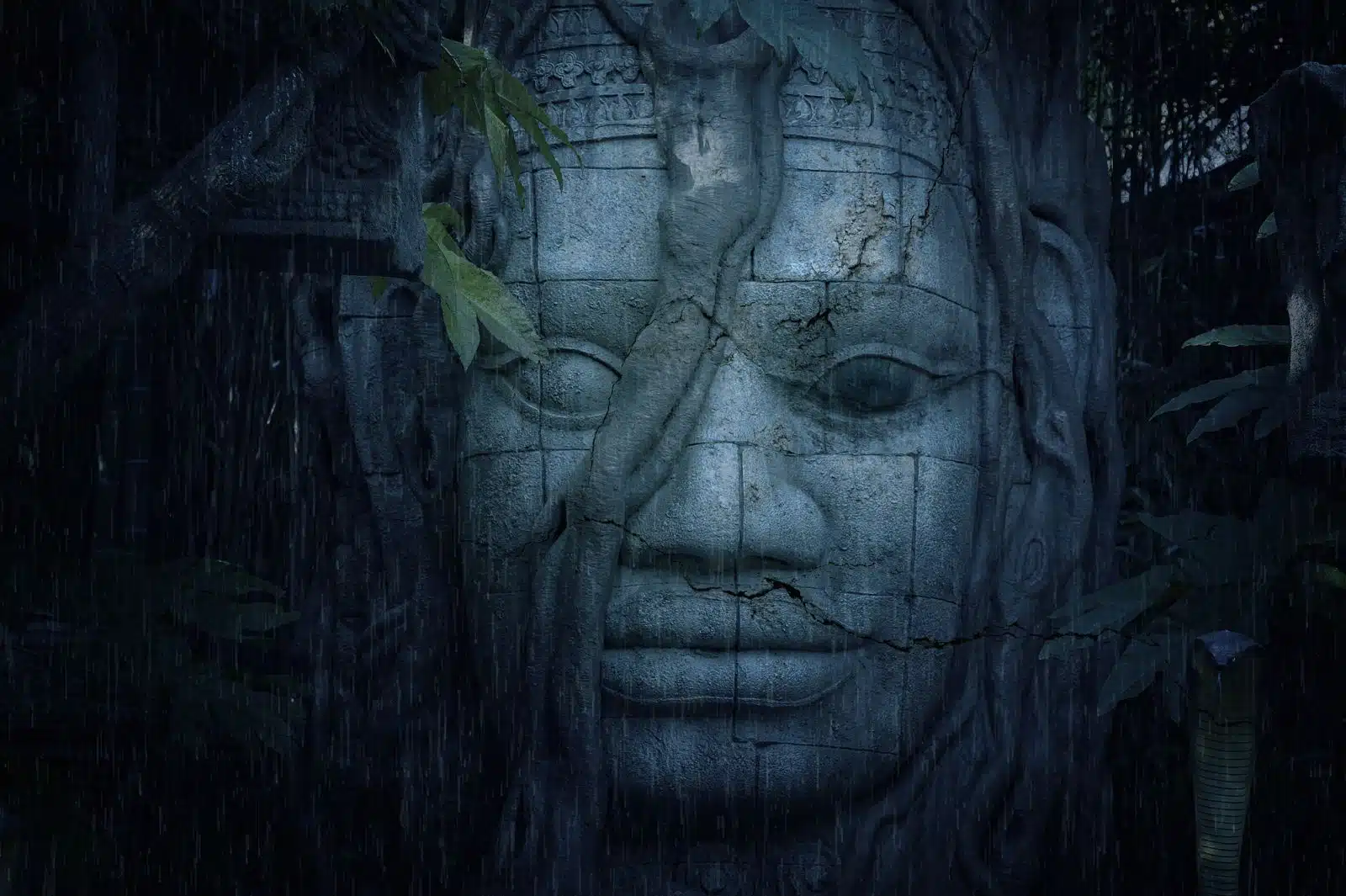The magic of lost cities shrouded in mystery and history, has captivated humanity’s imagination for centuries. These abandoned metropolises, once bustling centers of civilization, now stand as silent witnesses to the passage of time, offering a unique glimpse into the past. From Central America’s dense jungles to the Middle East’s arid deserts, each lost city tells a story of human ingenuity, resilience, and, ultimately, impermanence. This guide explores 10 of the most fascinating lost cities around the world, providing insights into their historical significance and offering practical advice for the modern explorer.
1. Palenque, Mexico
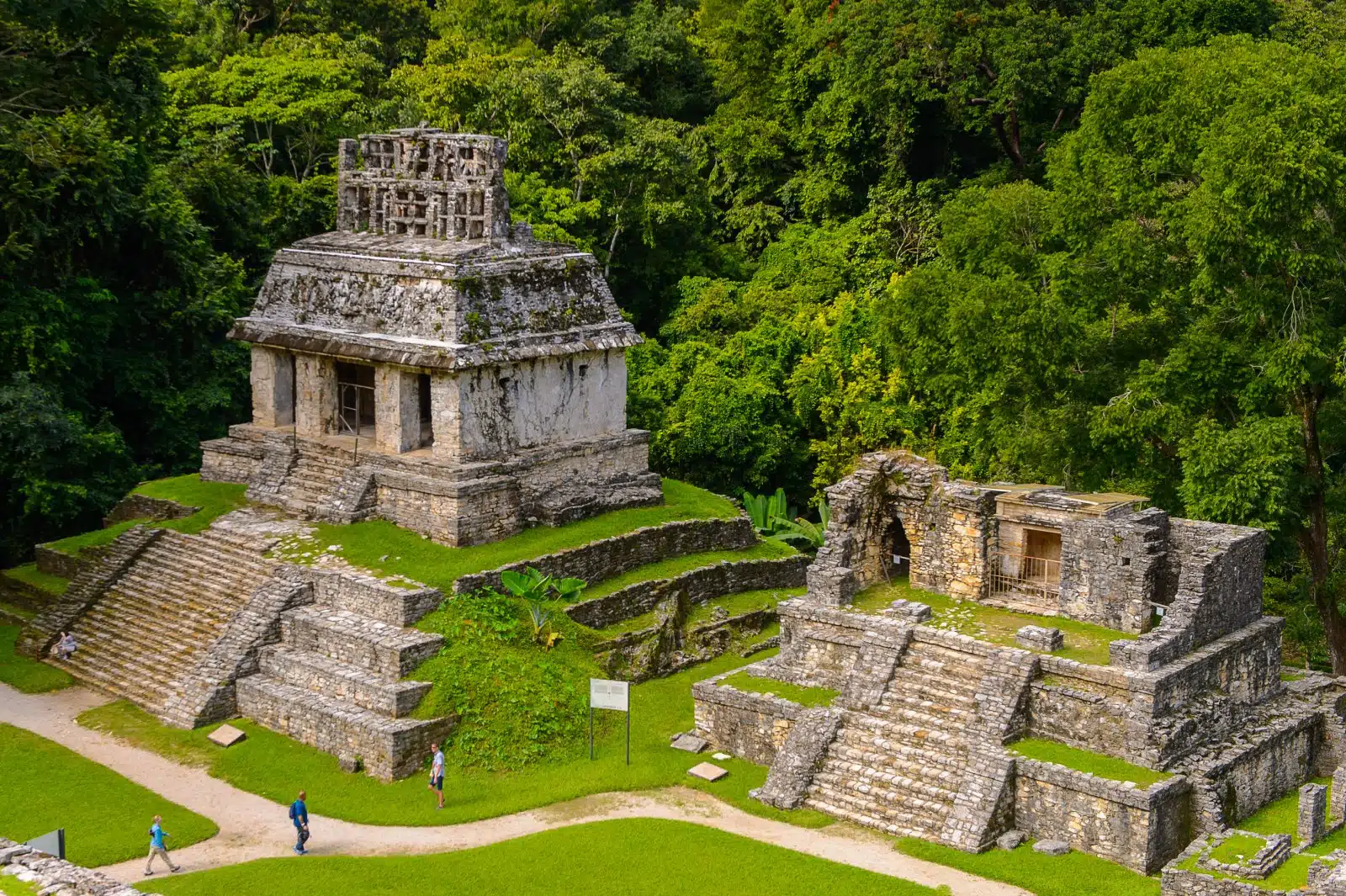
Image Credit: Shutterstock / Anton_Ivanov
Nestled in the jungles of Chiapas, Mexico, the ancient Maya city of Palenque is one of the most studied and admired Maya sites. Dating back to 226 BCE, Palenque’s ruins are renowned for their exquisite architecture, intricate sculptures, and hieroglyphic inscriptions. The site’s most famous structures include the Temple of the Inscriptions, the Palace, and the Aqueduct. Palenque offers a unique glimpse into the Maya civilization, set against the backdrop of the lush Mexican jungle.
Insider’s Tip: Dedicate time to explore the site early in the morning to experience the ruins in the most tranquil setting and to avoid the heat and humidity of midday.
When to Travel: The dry season from December to April is the best time to visit, offering more comfortable conditions for exploration.
How to Get There: Palenque is accessible by air with a flight to Villahermosa, Tabasco, followed by a two-hour drive to Palenque. Alternatively, buses from major cities like Cancún and Mexico City offer direct routes to the site.
2. Petra, Jordan
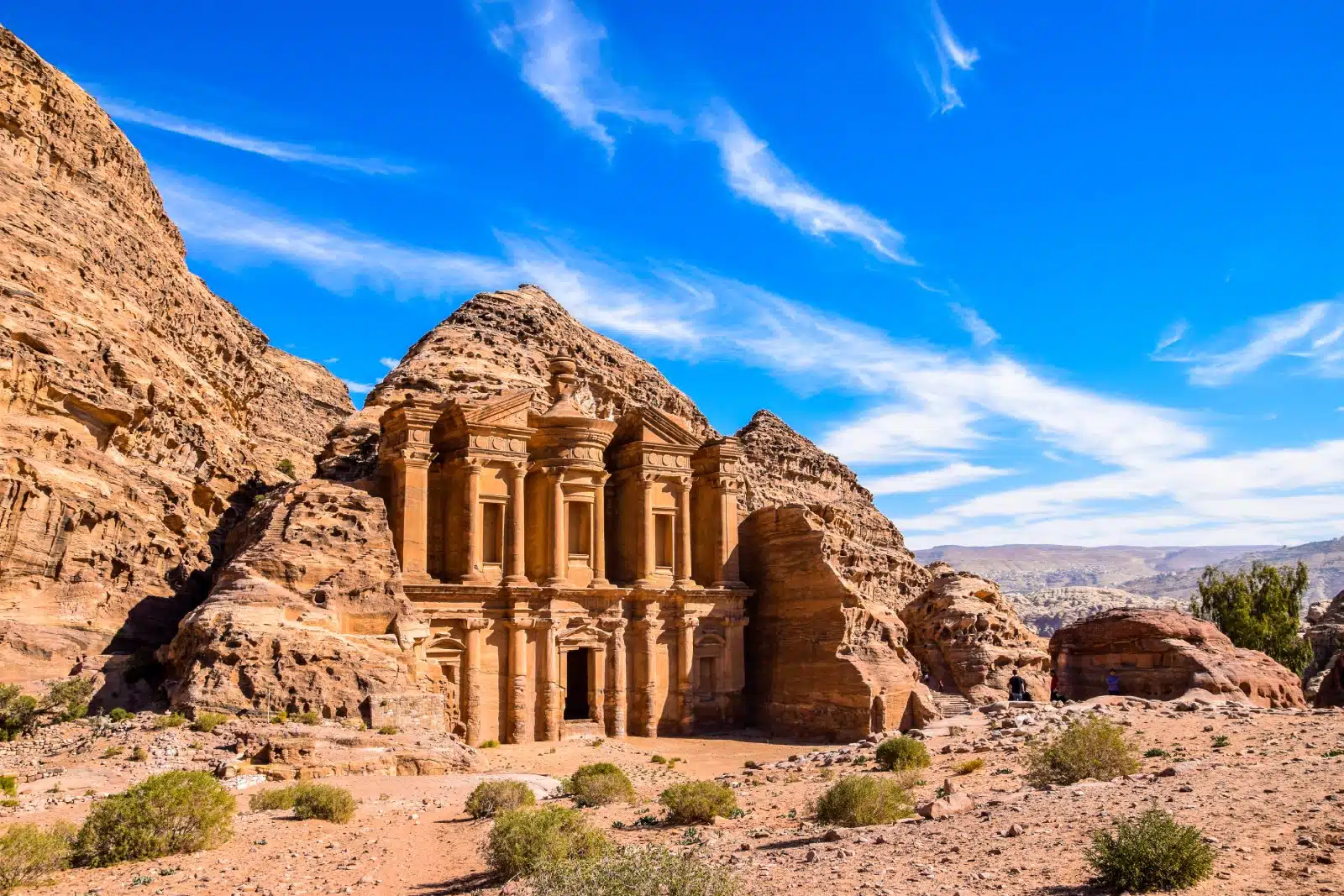
Image Credit: Shutterstock / tenkl
Carved directly into the vibrant red sandstone of southern Jordan’s desert landscape, Petra is highlights the ingenuity of the Nabataeans, an ancient Arab people who settled in the area more than 2,000 years ago. Once a thriving trade center, this archaeological site is renowned for its stunning architecture, intricate facades, and complex water management system. Visitors can explore the Siq, a narrow gorge leading to the city, which reveals the majestic Treasury, Petra’s most iconic structure. Beyond the Treasury, a vast array of tombs, temples, and an ancient amphitheater await discovery.
Insider’s Tip: Begin your exploration early in the morning to witness the Treasury bathed in the golden light of sunrise, offering spectacular views and a cooler, more solitary experience.
When to Travel: The best times to visit Petra are spring (March to May) and autumn (September to November), when the weather is mild and conducive to exploration.
How to Get There: Amman is The nearest major city, with Queen Alia International Airport as the primary gateway. From Amman, Petra can be reached by car, bus, or guided tour, with the journey taking approximately three hours.
3. Machu Picchu, Peru
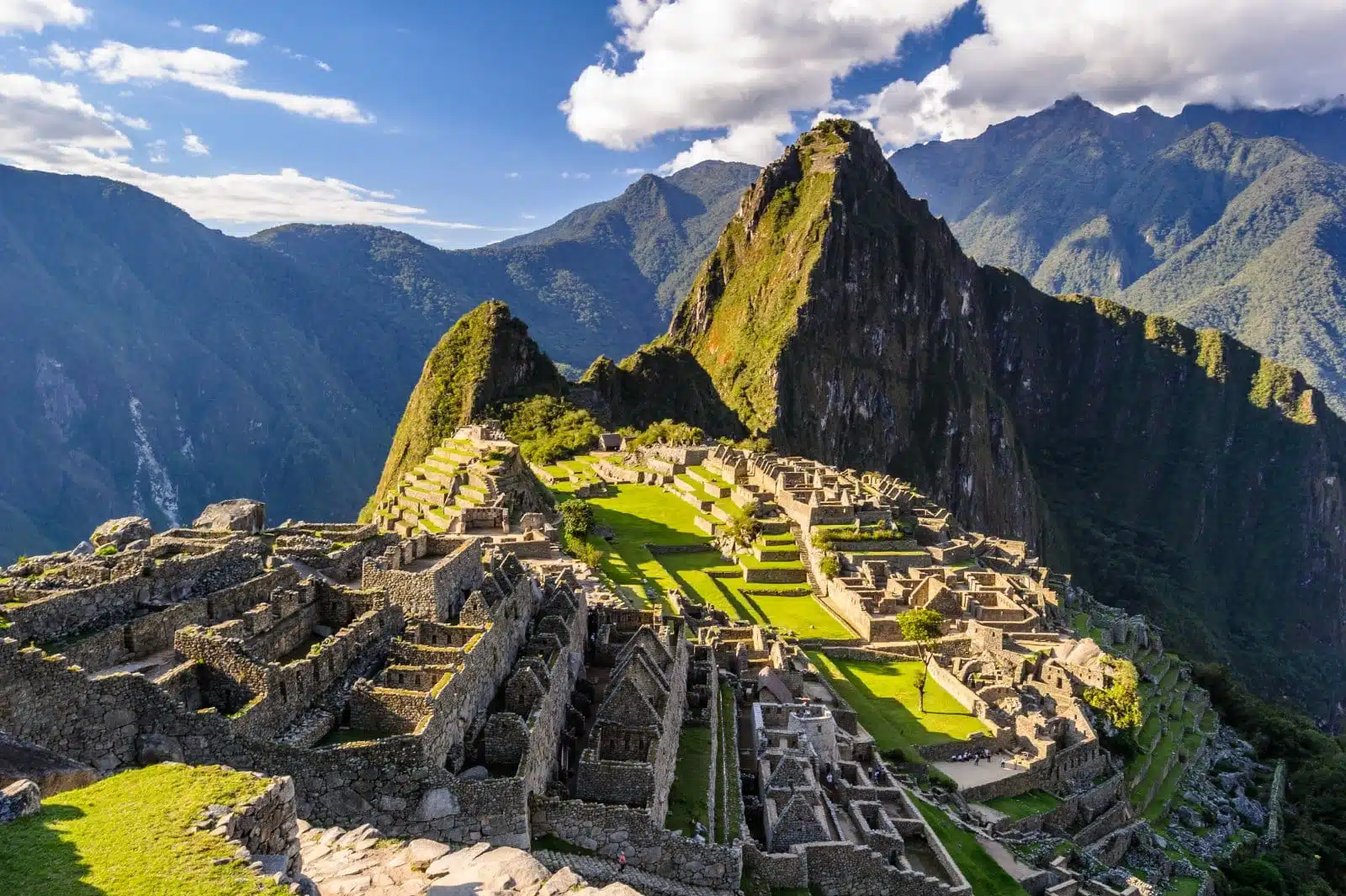
Image Credit: Pexels / Anton_Ivanov
Perched high in the Andes Mountains, Machu Picchu is a marvel of Incan engineering and architecture. Believed to have been constructed in the 15th century as a royal estate for Emperor Pachacuti, this lost city was abandoned during the Spanish Conquest and remained hidden from the outside world until its rediscovery in 1911. The site includes over 150 buildings, ranging from temples and palaces to baths and storage rooms, all built with a precision that has withstood the test of time. The Intihuatana stone, the Temple of the Sun, and the Room of the Three Windows offer profound insights into the Incan connection with the cosmos.
Insider’s Tip: Consider hiking the Inca Trail to Machu Picchu, a four-day trek that follows the path of the ancient Incas and offers breathtaking views and a deeply immersive experience.
When to Travel: The dry season from May to October is the best time to visit, offering clear skies and safer hiking conditions, though it’s also the busiest period.
How to Get There: The closest major city is Cusco, once the capital of the Incan Empire. From Cusco, travelers can take a train to Aguas Calientes, the gateway town to Machu Picchu, followed by a short bus ride to the site.
4. Babylon, Iraq
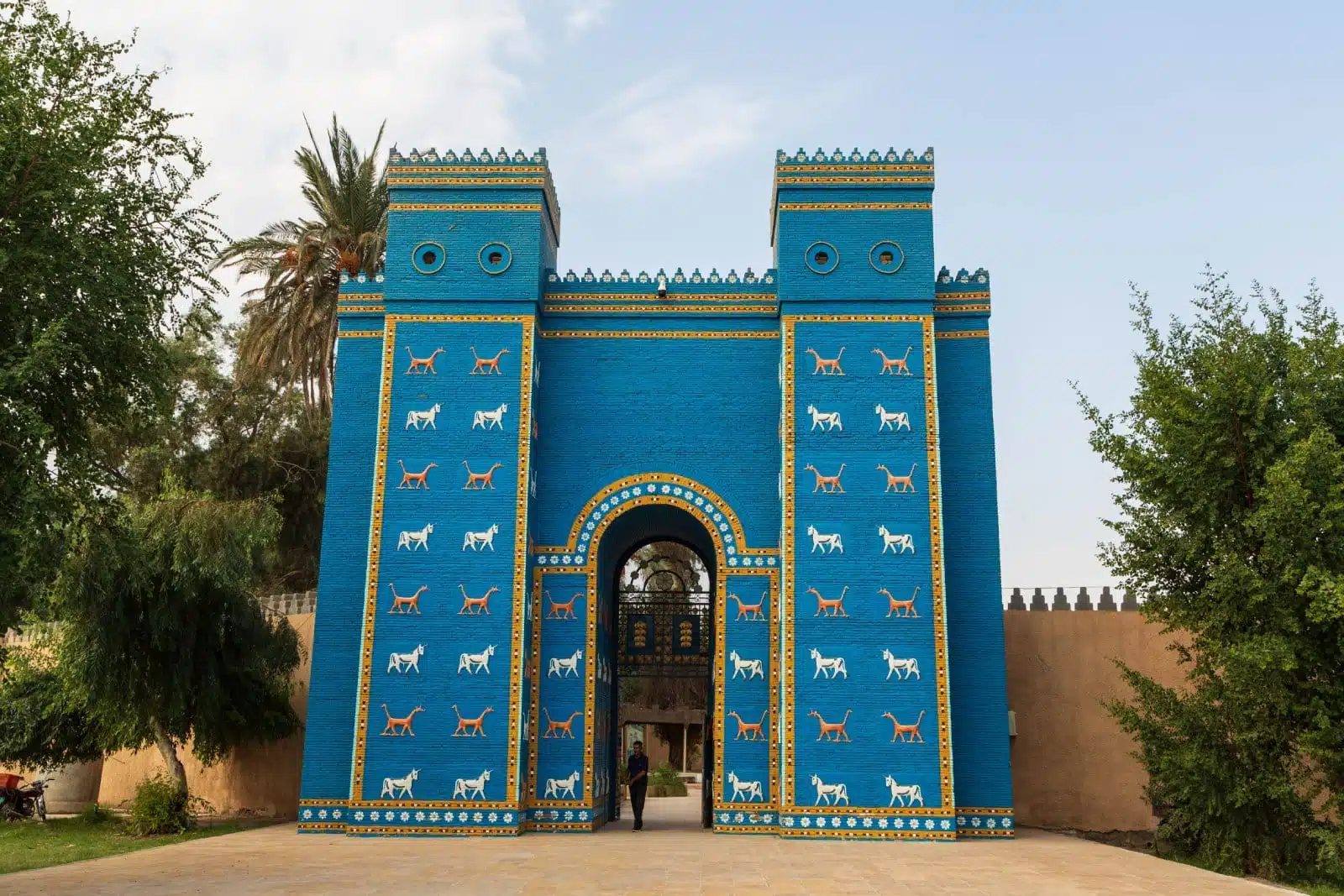
Image Credit: Shutterstock / Nastya Smirnova RF
The ancient city of Babylon, once the center of the Babylonian Empire, is located in present-day Iraq, about 85 kilometers south of Baghdad. Famous for its Hanging Gardens, one of the Seven Wonders of the Ancient World, and the Tower of Babel, Babylon’s ruins include the reconstructed Ishtar Gate, the Processional Way, and the remains of Nebuchadnezzar’s palace. Despite centuries of conflict and neglect, efforts are underway to preserve what remains of this iconic city, which continues to captivate the imagination of people around the globe.
Insider’s Tip: Due to the complex situation in Iraq, it’s essential to check travel advisories and consider arranging a visit through an experienced tour operator specializing in the region.
When to Travel: The cooler months from October to April are the best time to visit, avoiding the extreme heat of the Iraqi summer.
How to Get There: Visiting Babylon requires careful planning. Travelers should fly into Baghdad International Airport and then travel to Babylon by car or with a guided tour, taking into account the current security situation.
5. Angkor, Cambodia
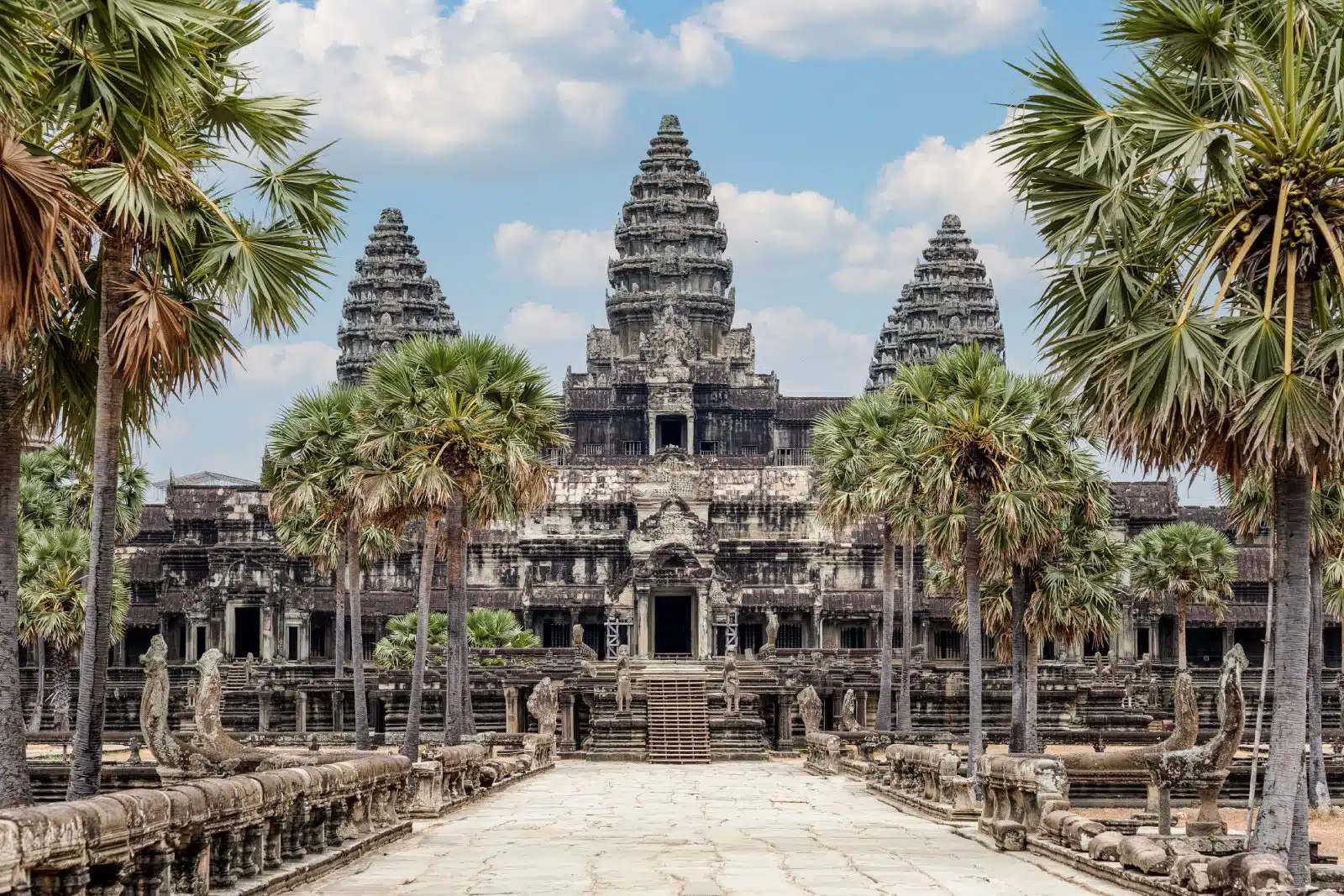
Image Credit: Shutterstock / Mirco Gabriel
Angkor, the capital of the Khmer Empire from the 9th to the 15th century, is one of the most important archaeological sites in Southeast Asia. Spanning over 400 square kilometers, the complex is famed for its temple ruins, most notably Angkor Wat, the largest religious monument in the world. The site embodies the height of Khmer architectural and artistic expression, with intricate carvings and detailed bas-reliefs depicting Hindu and Buddhist mythologies. Beyond Angkor Wat, the Bayon Temple with its serene stone faces and the tree-engulfed Ta Prohm offer a hauntingly beautiful glimpse into the past.
Insider’s Tip: Visit during the off-peak hours (early morning or late afternoon) to avoid the crowds and experience the temples in a more serene setting.
When to Travel: The best time to visit Angkor is during the dry season from November to February when the weather is cooler and less humid.
How to Get There: The nearest airport is Siem Reap International Airport, located just a few kilometers from the Angkor complex. Siem Reap is the base for exploring Angkor, with various transportation options available, including tuk-tuks, bicycles, and guided tours.
6. Skara Brae, Scotland
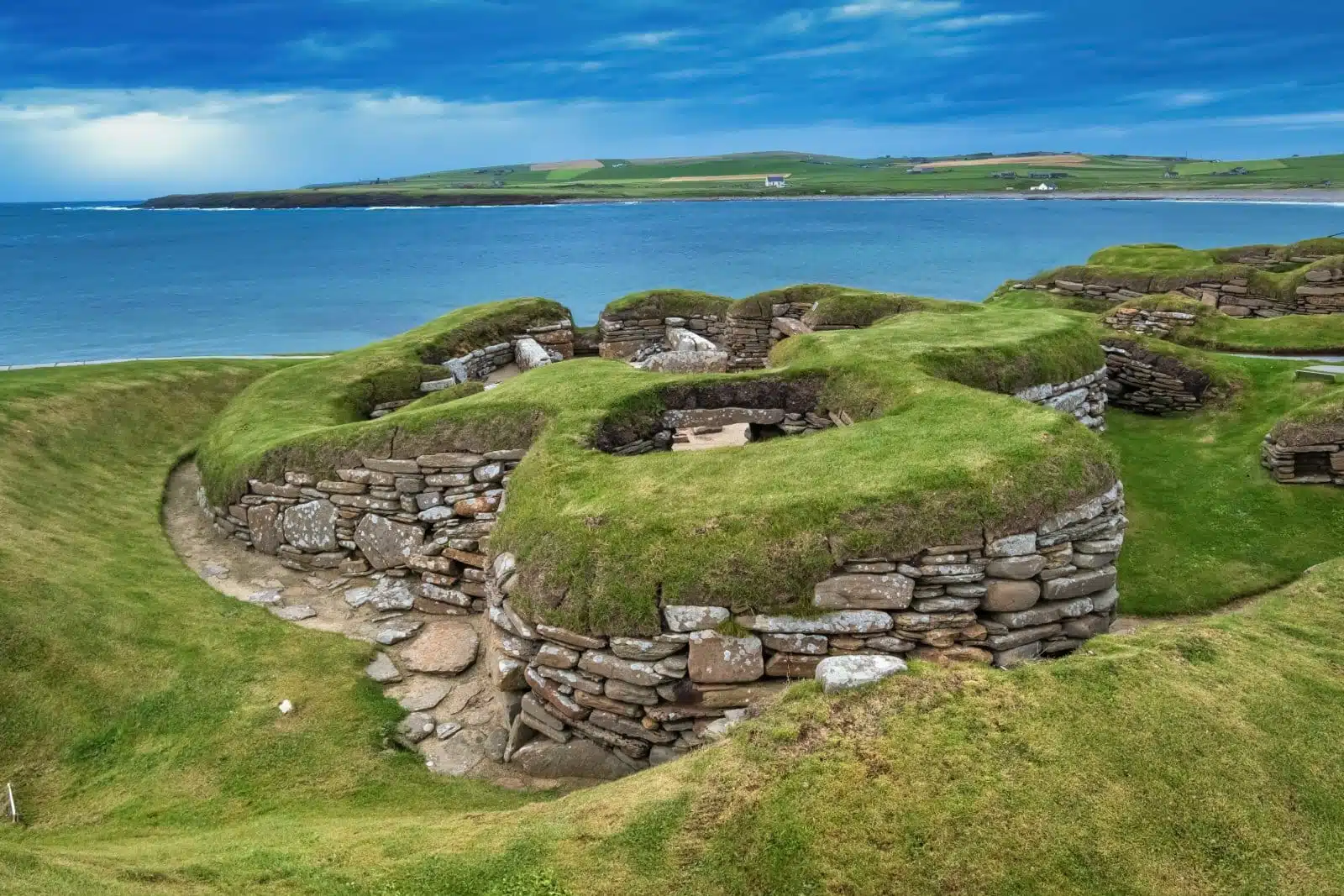
Image Credit: Shutterstock / LouieLea
Skara Brae, located on the Bay of Skaill in the Orkney archipelago of Scotland, is one of Europe’s most complete Neolithic villages. Uncovered by a storm in 1850, this prehistoric settlement dates back to approximately 3180 BCE. The site offers a remarkable glimpse into the daily lives of its ancient inhabitants, with well-preserved stone houses containing furniture, hearths, and even personal belongings. Skara Brae presents an unparalleled opportunity to walk through a moment in time, frozen beneath the sand for millennia.
Insider’s Tip: Visit the nearby Orkney Museum in Kirkwall before your trip to Skara Brae to gain deeper insights into the Neolithic Orkney context.
When to Travel: Summer months (June to August) are ideal, providing longer daylight hours and milder weather for exploring the site and surrounding landscape.
How to Get There: Fly or take a ferry to the Orkney Islands from mainland Scotland. Skara Brae is accessible by road, with local bus services and tours available from Kirkwall.
7. Pompeii, Italy
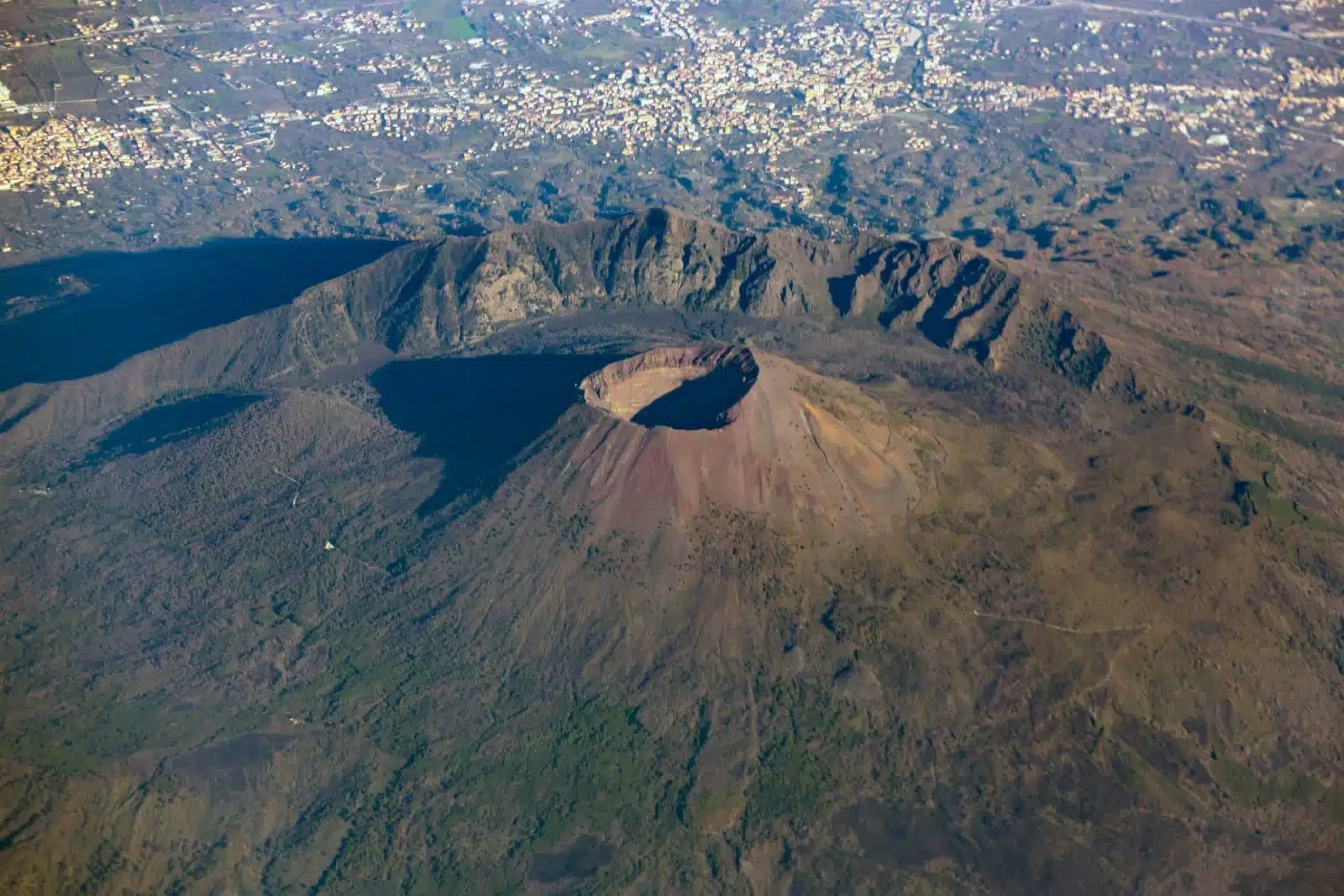
Image Credit: Shutterstock / Belish
Buried under meters of ash and pumice after the catastrophic eruption of Mount Vesuvius in 79 AD, Pompeii offers an unparalleled snapshot of Roman life frozen in time. The site’s well-preserved ruins include homes, markets, baths, temples, and amphitheaters adorned with frescoes and mosaics that reveal its inhabitants’ daily lives and social dynamics. The Forum, the Villa of the Mysteries, and the Lupanar (brothel) are among the highlights, providing insights into ancient Roman culture’s economic, religious, and recreational aspects.
Insider’s Tip: Don’t miss the plaster casts of the victims of Vesuvius, displayed in some of the buildings and the Garden of the Fugitives, offering a poignant reminder of the human tragedy of the eruption.
When to Travel: Spring (April to June) and autumn (September to November) are ideal for visiting Pompeii, avoiding the summer heat and crowds.
How to Get There: The nearest major city is Naples, which is well-connected by train to Pompeii. The Pompeii archaeological site is a short walk from the Pompei Scavi-Villa dei Misteri train station.
8. Carthage, Tunisia
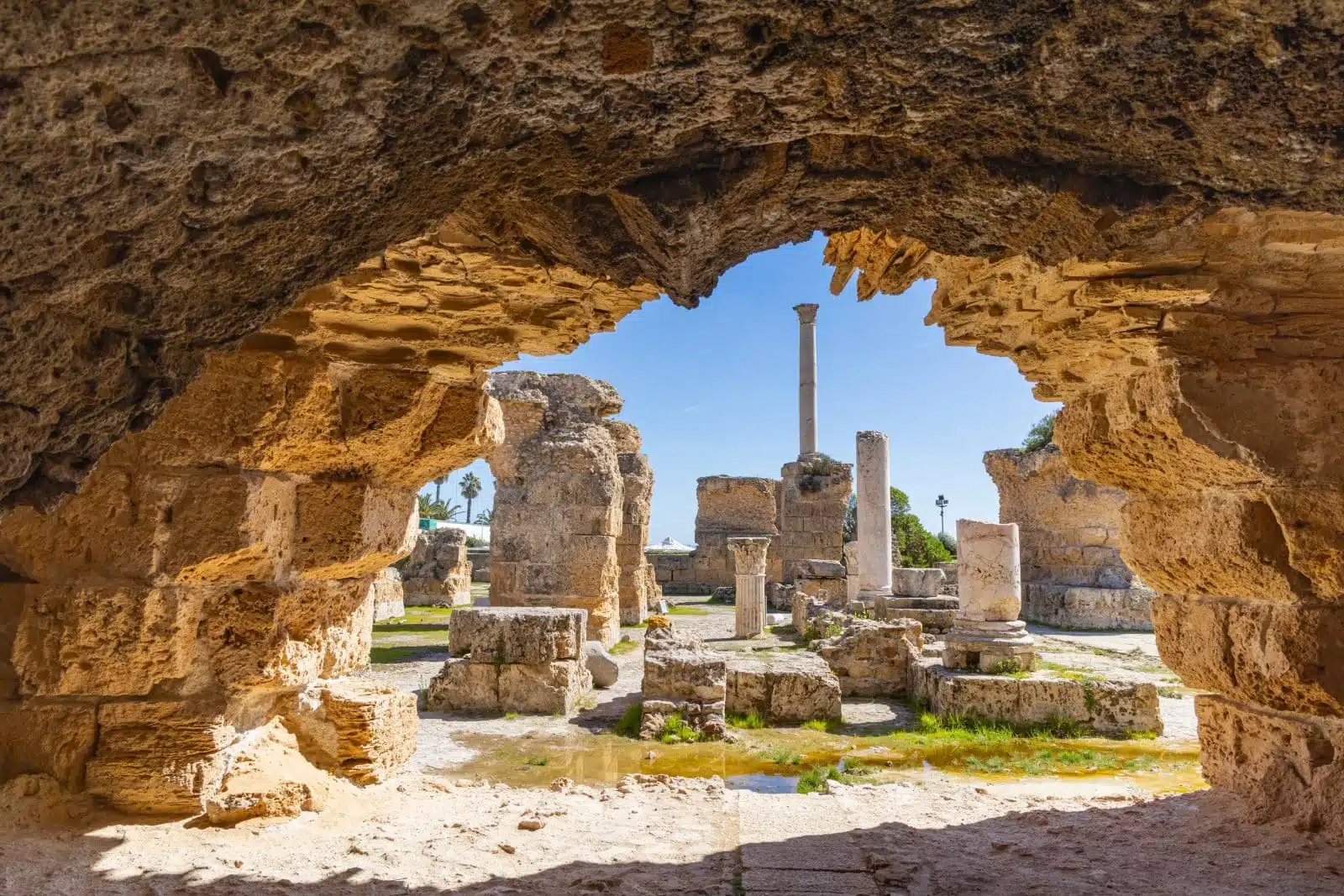
Image Credit: Shutterstock / Emily Marie Wilson
Once a powerful city-state and Rome’s greatest rival in the Mediterranean, Carthage was founded by the Phoenicians in the 9th century BCE. Located just outside the modern capital of Tunis, the ruins of Carthage offer a fascinating journey through various epochs, from its Phoenician beginnings to its Roman destruction and rebirth. Visitors can explore the remnants of luxurious Roman villas, the imposing Antonine Baths, and the ancient Punic ports, all bearing witness to the city’s storied past.
Insider’s Tip: Hire a local guide to bring the history of Carthage to life, providing context to the ruins and unearthing stories that are not immediately apparent.
When to Travel: The spring (April to June) and fall (September to November) months offer the most pleasant climate for exploring the extensive outdoor ruins.
How to Get There: Carthage is easily accessible from Tunis by car, taxi, or the TGM train line, making for a straightforward day trip from the capital.
9. Tikal, Guatemala
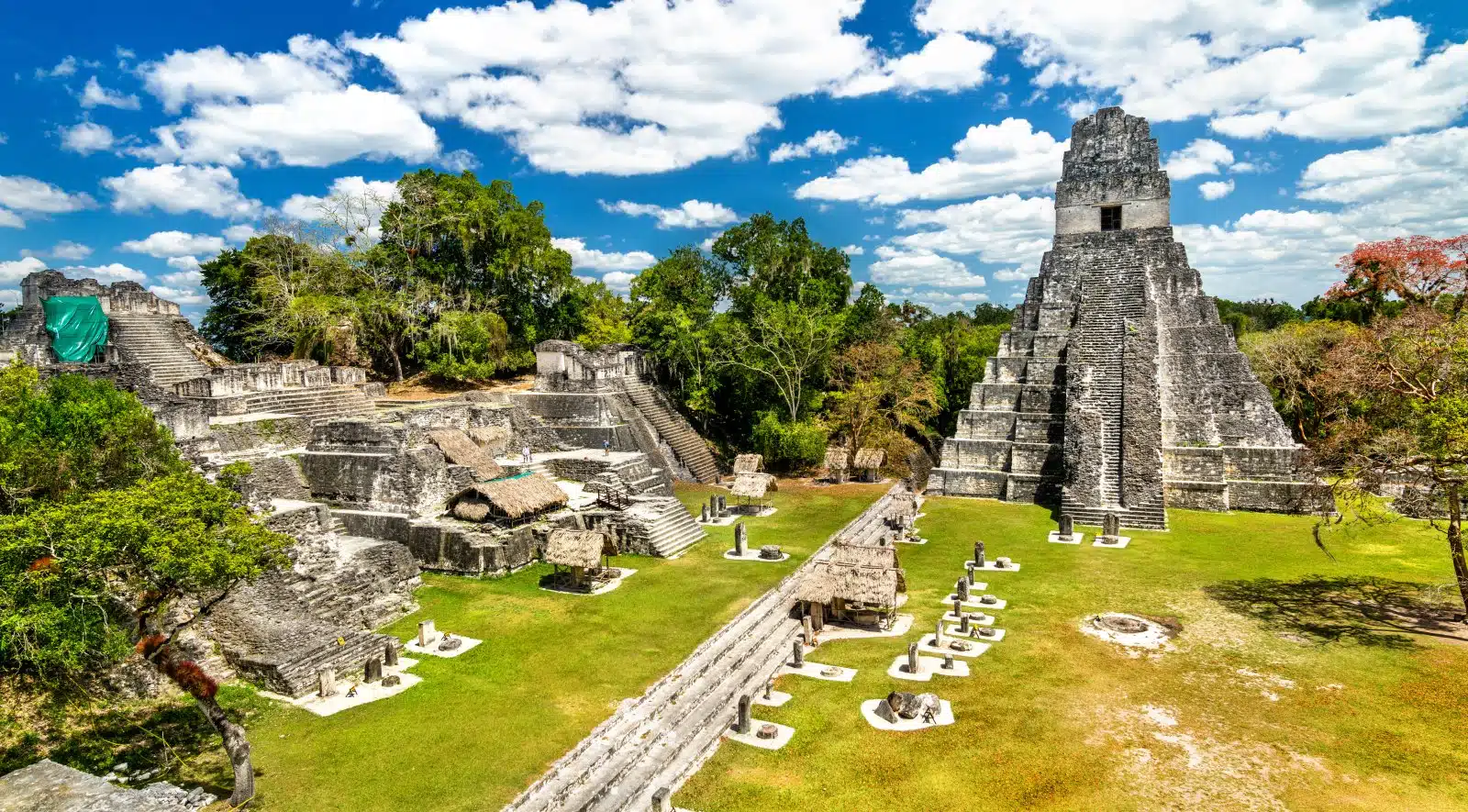
Image Credit: Shutterstock / Leonid Andronov
Tikal, one of the largest and most significant city-states of the ancient Maya civilization, is set amidst the lush rainforests of northern Guatemala. Dating back to the 4th century BC, Tikal flourished for centuries before its mysterious abandonment around the 10th century AD. The site is renowned for its towering pyramids, palaces, and plazas, set against a backdrop of verdant jungle teeming with wildlife. The Great Plaza, Temple IV, and the North Acropolis are key highlights, offering breathtaking views and a deep connection to the Maya’s astronomical and architectural history.
Insider’s Tip: Climb Temple IV for a panoramic view of the jungle canopy and other temples emerging above the treetops, especially enchanting at sunrise.
When to Travel: The dry season from November to April is the best time to visit Tikal, offering easier access to the site and more comfortable exploring conditions.
How to Get There: The nearest airport is Flores International Airport, with Tikal approximately a 1-hour drive away. Shuttle buses, private transfers, and guided tours are available from Flores to Tikal.
10. Choquequirao, Peru
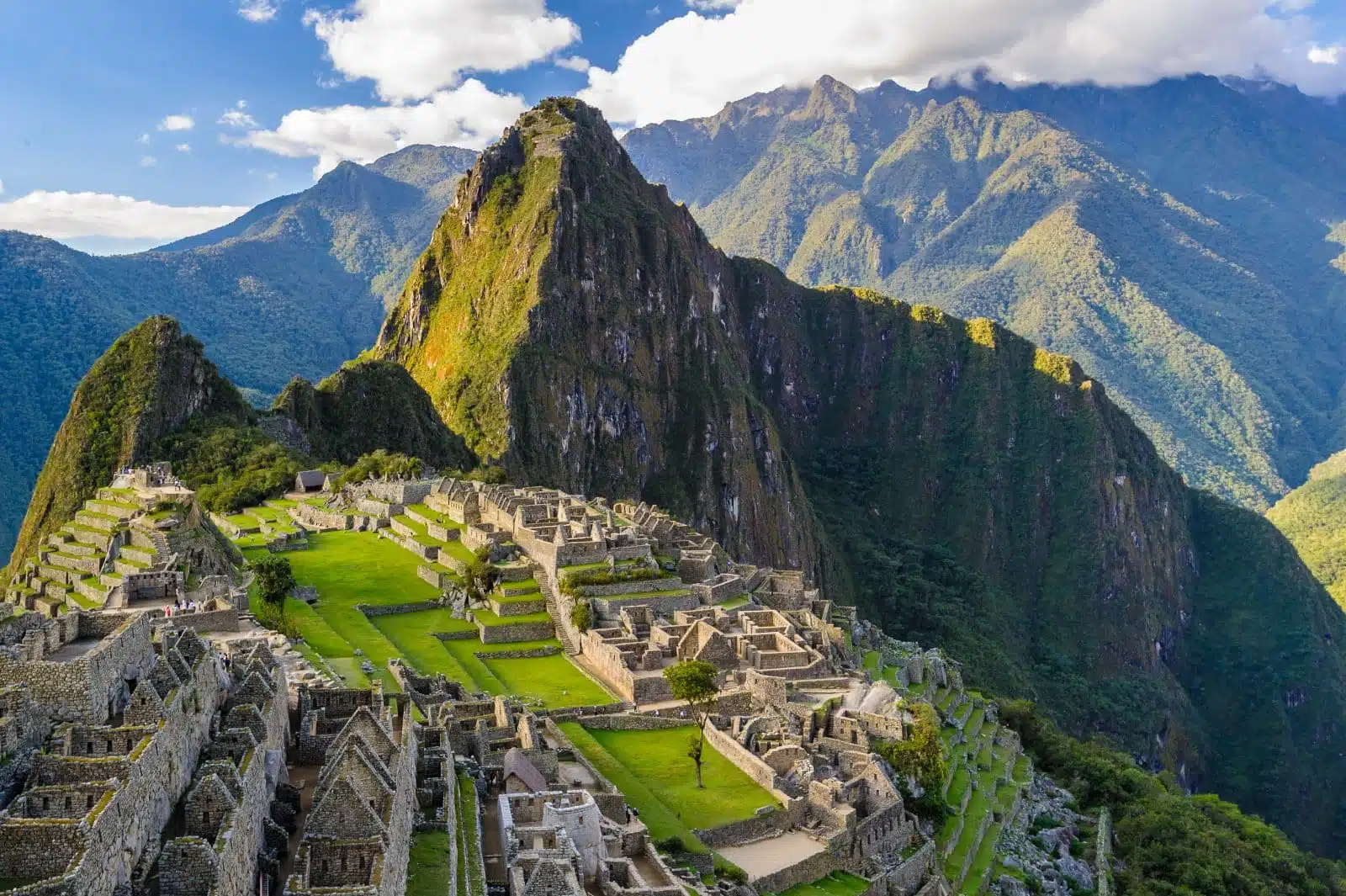
Image Credit: Shutterstock / Anton_Ivanov
Often referred to as the ‘sister city’ of Machu Picchu, Choquequirao is a lesser-known Incan city located in the Vilcabamba range in Peru. This sprawling complex, accessible only by a challenging trek, was likely built during the 15th and 16th centuries and stands as a testament to the architectural prowess and resilience of the Inca civilization. Unlike its more famous counterpart, Choquequirao sees relatively few visitors, offering a more solitary exploration experience amidst its palaces, plazas, and terraces, all set against the breathtaking backdrop of the Andean mountains.
Insider’s Tip: Begin your trek early in the morning to avoid the heat of the day and ensure you have ample time to explore the site without rushing.
When to Travel: The dry season from May to October is the best time to visit, offering clearer paths and less chance of rain disrupting your trek.
How to Get There: The journey to Choquequirao begins in Cusco, from where travelers can take a bus to Cachora or a taxi directly to the trailhead at Capuliyoc, marking the start of the two-day trek to the ruins.
The Bottom Line
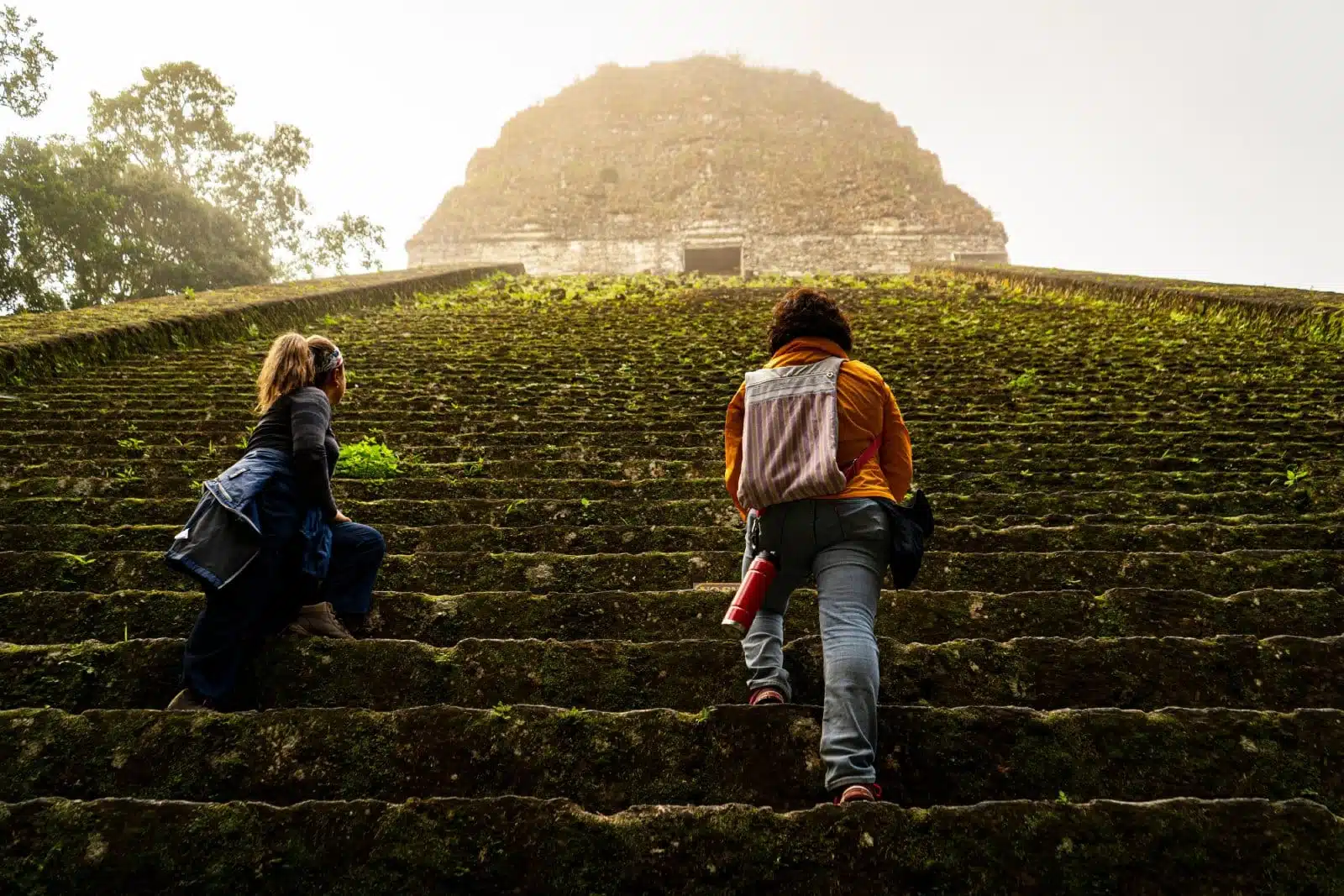
Image Credit: Shutterstock / Elizabeth Cubillo
Exploring these lost cities offers more than just a journey through ancient ruins; it provides a profound connection to the civilizations that once thrived within them. Each site, from the cloud-covered peaks of Choquequirao to the dense jungles surrounding Palenque, invites visitors to ponder the achievements, mysteries, and eventual decline of these once-great cities. As you venture into these remnants of the past, you carry forward the legacy of their stories, ensuring that the echoes of these lost worlds continue to resonate in the present. In doing so, you become part of a timeless tradition of exploration, discovery, and preservation, bridging the gap between the ancient and the modern in the pursuit of understanding our shared human heritage.
More From The Green Voyage
Top 10 Trending Travel Destinations 2024
6 Essential Banking Apps for International Travel – Managing Your Finances on the Go
Traveling With Kids – 10 Tips to Create Memorable Family Holidays
The post 10 Fascinating Lost Cities Around the World 2024 first appeared on The Green Voyage.
Featured Image Credit: Shutterstock / Savvapanf Photo.
For transparency, this content was partly developed with AI assistance and carefully curated by an experienced editor to be informative and ensure accuracy.
Tips for Trip Success
Book Your Flight
Find an inexpensive flight by using Kayak, a favorite of ours because it regularly returns less expensive flight options from a variety of airlines.
Book Your Hotel or Special Accommodation
We are big fans of Booking.com. We like their review system and photos. If we want to see more reviews and additional booking options, we go to Expedia.
You Need Travel Insurance!
Good travel insurance means having total peace of mind. Travel insurance protects you when your medical insurance often will not and better than what you get from your credit card. It will provide comprehensive coverage should you need medical treatment or return to the United States, compensation for trip interruption, baggage loss, and other situations.Find the Perfect Insurance Plan for Your Trip
